Home>Gardening & Outdoor>Landscaping Ideas>What Are The White Flowers In The Grass


Landscaping Ideas
What Are The White Flowers In The Grass
Modified: May 6, 2024
Discover beautiful landscaping ideas with white flowers in the grass. Learn how to enhance your outdoor space with these stunning floral accents. Explore our expert tips now!
(Many of the links in this article redirect to a specific reviewed product. Your purchase of these products through affiliate links helps to generate commission for Storables.com, at no extra cost. Learn more)
Introduction
White flowers blooming amidst the lush greenery of grassy landscapes have a captivating charm that can instantly uplift the ambiance. These delicate blooms, often overlooked, contribute to the natural beauty of the surroundings. In this article, we will delve into the world of white flowers in the grass, exploring their characteristics, common types, significance, and ways to identify them. Whether you’re an avid nature enthusiast, a curious homeowner, or a landscaping aficionado, understanding the allure of these white blossoms can deepen your appreciation for the natural world.
White flowers in the grass are more than just ornamental features; they play a vital role in the ecosystem, attracting pollinators and contributing to the overall biodiversity of the area. By familiarizing ourselves with these blooms, we can gain a deeper insight into the intricate tapestry of nature and learn to recognize the subtle beauty that surrounds us.
Key Takeaways:
- White flowers in the grass, like daisies and clover, are small, delicate, and fragrant, attracting pollinators and adding elegance to the landscape. They play a vital role in supporting wildlife and enhancing the beauty of nature.
- Identifying white flowers in the grass can be a fun and rewarding experience. By observing their characteristics, using field guides, and understanding seasonal blooming patterns, you can deepen your connection to the natural world and appreciate the subtle beauty of these delicate blooms.
Characteristics of White Flowers in the Grass
White flowers in the grass exhibit a range of unique characteristics that distinguish them from other flora. These delicate blooms often boast a pristine, ethereal quality that adds a touch of elegance to their surroundings. The following are some common characteristics of white flowers found in grassy landscapes:
- Small and Delicate: White flowers in the grass are often petite and delicate, with intricate petals that create a striking contrast against the verdant backdrop of the grass.
- Fragrant Aroma: Many white flowers exude a subtle, sweet fragrance, adding a sensory dimension to the landscape and attracting insects and other pollinators.
- Diverse Shapes: These blooms come in a variety of shapes, from simple, star-like forms to more intricate, multi-petaled blossoms, showcasing the diversity of nature’s designs.
- Seasonal Blooms: Some white flowers in the grass bloom seasonally, heralding the arrival of spring or adding a touch of vibrancy to the summer landscape.
- Adaptive Growth: Many white flowers in grassy areas display adaptive growth patterns, thriving in diverse environmental conditions and adding resilience to the ecosystem.
These characteristics collectively contribute to the allure of white flowers in the grass, making them a captivating and integral part of natural landscapes. Whether they are clustered in meadows, dotting the lawns, or adorning fields, these blooms infuse the surroundings with a sense of purity and tranquility.
Common Types of White Flowers Found in Grass
White flowers that grace grassy landscapes come in a diverse array of species, each possessing its own unique charm and ecological significance. These blooms, often overlooked in favor of more flamboyant flora, play a crucial role in maintaining the delicate balance of the ecosystem. Here are some common types of white flowers found in grass:
- Daisy (Bellis perennis): The classic daisy, with its iconic white petals and sunny yellow center, is a familiar sight in grassy fields and lawns. Its simple yet charming appearance adds a timeless elegance to the landscape.
- Oxeye Daisy (Leucanthemum vulgare): Resembling a larger, wilder version of the traditional daisy, the oxeye daisy boasts striking white petals surrounding a bright yellow center. These resilient blooms thrive in a variety of grassy habitats.
- Clover (Trifolium): White clover, a common sight in grassy areas, features spherical clusters of small, creamy white flowers. Its presence not only enhances the visual appeal of the landscape but also contributes to the soil’s nitrogen levels.
- Yarrow (Achillea millefolium): This hardy perennial produces flat clusters of tiny, white flowers, adding a delicate yet resilient touch to grassy meadows. Yarrow’s feathery foliage and intricate blooms make it a valuable asset to the ecosystem.
- Wild Carrot (Daucus carota): Also known as Queen Anne’s lace, this biennial plant showcases lacy, white flower clusters that lend a graceful, ethereal quality to grassy environments. Its intricate blooms are a favorite among pollinators.
These are just a few examples of the myriad white flowers that thrive in grassy habitats, contributing to the visual splendor and ecological diversity of the landscape. Each of these blooms plays a vital role in supporting local wildlife, from pollinators to beneficial insects, and adds a touch of natural elegance to the verdant tapestry of grass and meadows.
Look for white flowers with six petals and a yellow center in the grass. These could be daisies, clover, or wild garlic. Use a plant identification app to confirm the specific type of flower.
Importance of White Flowers in the Grass
White flowers in the grass hold significant ecological, aesthetic, and symbolic importance, contributing to the overall health and beauty of natural landscapes. While their understated elegance may lead them to be overlooked, these blooms play a crucial role in sustaining the delicate balance of the ecosystem. Here are several reasons highlighting the importance of white flowers in the grass:
- Pollinator Support: White flowers, like their colorful counterparts, attract and support a variety of pollinators, including bees, butterflies, and other beneficial insects. By providing nectar and pollen, these blooms play a vital role in the pollination process, contributing to the reproduction of numerous plant species.
- Biodiversity Enhancement: The presence of white flowers in grassy areas enriches the biodiversity of the landscape, offering food and habitat for a diverse array of wildlife, from insects to small mammals. This contributes to the overall resilience and sustainability of the ecosystem.
- Natural Aesthetics: The delicate, ethereal beauty of white flowers in the grass adds a touch of elegance and serenity to natural landscapes. Whether they adorn meadows, fields, or lawns, these blooms enhance the visual appeal of the surroundings, creating picturesque scenes that evoke a sense of tranquility and natural harmony.
- Cultural Significance: White flowers have long been associated with purity, innocence, and spirituality in various cultures and traditions. Their presence in grassy landscapes often carries symbolic meanings, adding depth and resonance to the natural world.
- Soil Health and Stability: Some white flowers have deep-reaching roots that help improve soil structure and prevent erosion, contributing to the overall health and stability of grassy ecosystems. Their presence aids in maintaining the integrity of the soil and supporting its vital functions.
By recognizing and appreciating the importance of white flowers in the grass, we can develop a deeper understanding of the intricate relationships that sustain the natural world. These blooms, often overlooked in their simplicity, are essential components of thriving ecosystems, enriching the environment and captivating the senses with their understated allure.
How to Identify White Flowers in the Grass
Identifying white flowers in the grass can be a rewarding and enriching experience, allowing you to connect with the natural world on a deeper level. Whether you’re exploring a meadow, tending to a garden, or simply taking a leisurely stroll through a grassy landscape, recognizing these delicate blooms can enhance your appreciation for the beauty that surrounds you. Here are several tips to help you identify white flowers in the grass:
- Observation: Take the time to observe the characteristics of the flowers, including their size, shape, and petal arrangement. Note any distinctive features, such as fragrance, leaf structure, or growth habits, that can aid in identification.
- Field Guides and Resources: Utilize field guides, botanical websites, and smartphone apps to assist in identifying white flowers. These resources often provide detailed descriptions, images, and habitat information, enabling you to narrow down the potential species.
- Botanical Key Characteristics: Familiarize yourself with botanical key characteristics such as petal arrangement, leaf shape, and growth patterns. These features can serve as valuable clues in distinguishing between different white flower species.
- Seasonal Blooming: Pay attention to the timing of the blooms. Some white flowers may be early spring ephemerals, while others might bloom throughout the summer. Understanding the seasonal patterns can help in narrowing down the possibilities.
- Local Habitat: Consider the specific habitat where the white flowers are growing. Different species thrive in varied environments, such as meadows, woodlands, or open fields. Understanding the local ecosystem can provide insights into the potential species present.
- Consulting Experts: If you encounter difficulty in identifying a particular white flower, consider reaching out to local botanists, horticulturalists, or naturalists for guidance. Their expertise and knowledge can offer valuable assistance in species identification.
By honing your observation skills and utilizing available resources, you can develop a keen eye for identifying white flowers in the grass. This newfound awareness can deepen your connection to the natural world, allowing you to appreciate the subtle beauty and intricate diversity of these delicate blooms.
Read more: What Are Purple Flowers In Grass
Conclusion
White flowers in the grass, with their understated elegance and ecological significance, enrich the natural world in myriad ways. From providing essential support to pollinators and wildlife to enhancing the visual appeal of grassy landscapes, these delicate blooms play a vital role in sustaining the delicate balance of ecosystems. By recognizing the importance of white flowers and learning to identify them, we can cultivate a deeper appreciation for the intricate beauty that surrounds us.
As you venture into grassy areas, take a moment to observe the subtle charms of these white blossoms. Whether it’s the classic daisy, the resilient oxeye daisy, or the graceful wild carrot, each species contributes to the tapestry of nature in its own unique way. Embrace the opportunity to connect with the natural world, utilizing field guides, online resources, and the expertise of local enthusiasts to enhance your understanding of these delicate blooms.
By acknowledging the significance of white flowers in the grass, we can foster a deeper sense of stewardship for the environment, recognizing the interconnectedness of all living organisms. These blooms serve as gentle reminders of the intricate web of life that sustains us, inspiring us to cherish and protect the natural world for generations to come.
So, the next time you find yourself amidst the verdant splendor of a grassy landscape, take a moment to appreciate the subtle beauty of the white flowers that grace the surroundings. Their presence enriches the ecosystem, captivates the senses, and offers a glimpse into the timeless wonders of the natural world.
Curious about more than just the white flowers peppering your lawn? If you're keen to broaden your horizons and discover all facets of outdoor design, why not dive into our detailed piece on gardens? This article lays out everything needed to understand and appreciate the diverse aspects of gardens. Whether you're planning to start one or simply aiming to learn, this guide is perfect for garden enthusiasts and novices alike. Let's nurture your green thumb and transform any outdoor area into a vibrant oasis.
Frequently Asked Questions about What Are The White Flowers In The Grass
Was this page helpful?
At Storables.com, we guarantee accurate and reliable information. Our content, validated by Expert Board Contributors, is crafted following stringent Editorial Policies. We're committed to providing you with well-researched, expert-backed insights for all your informational needs.
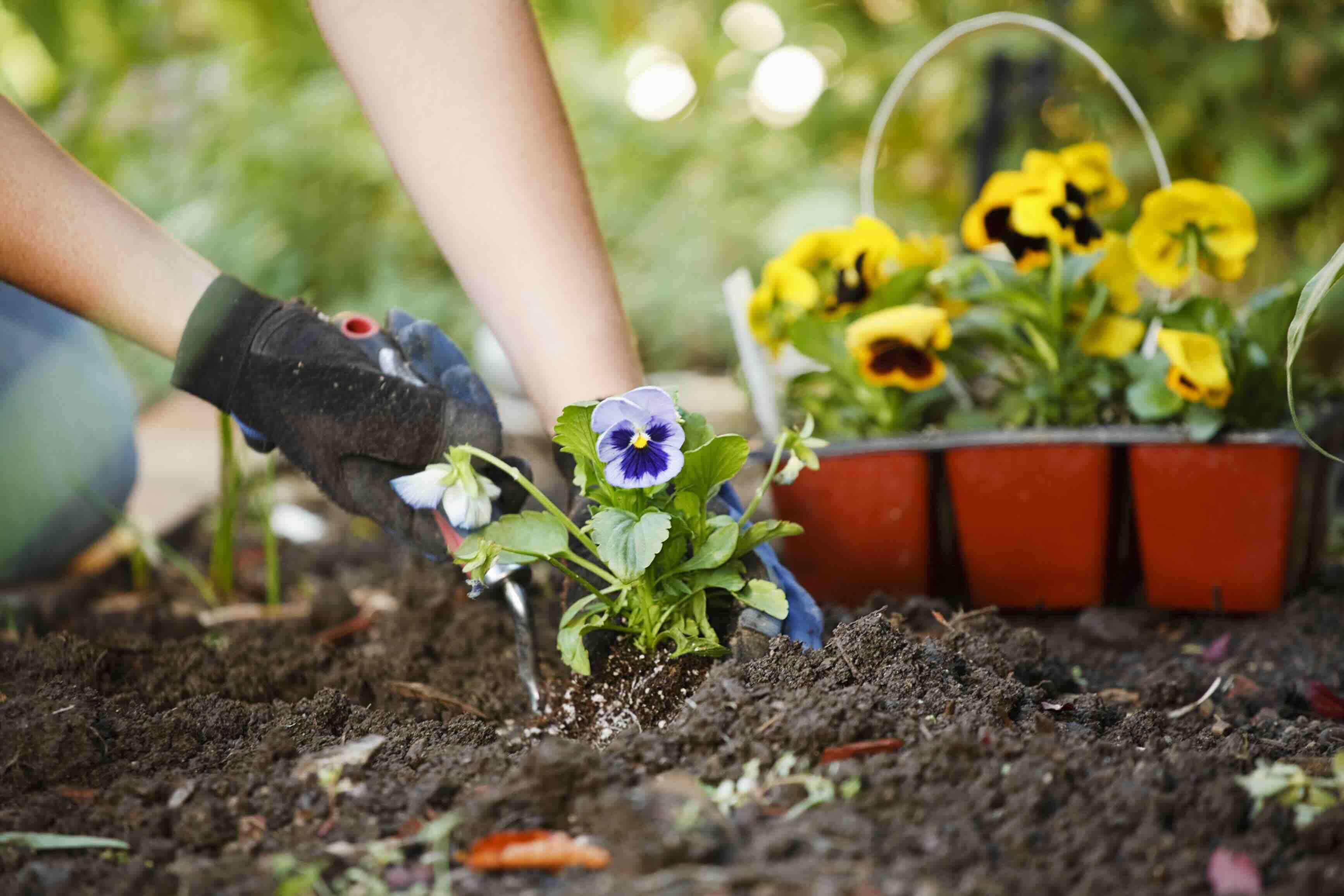
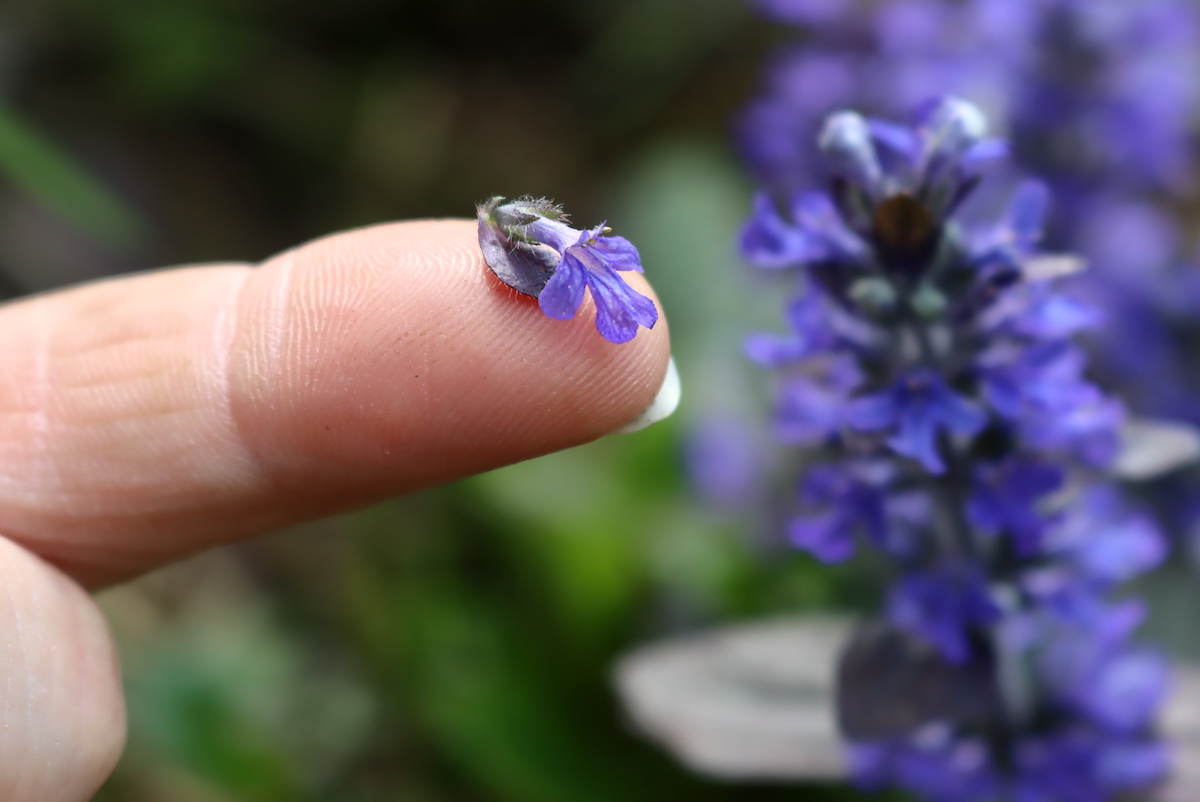
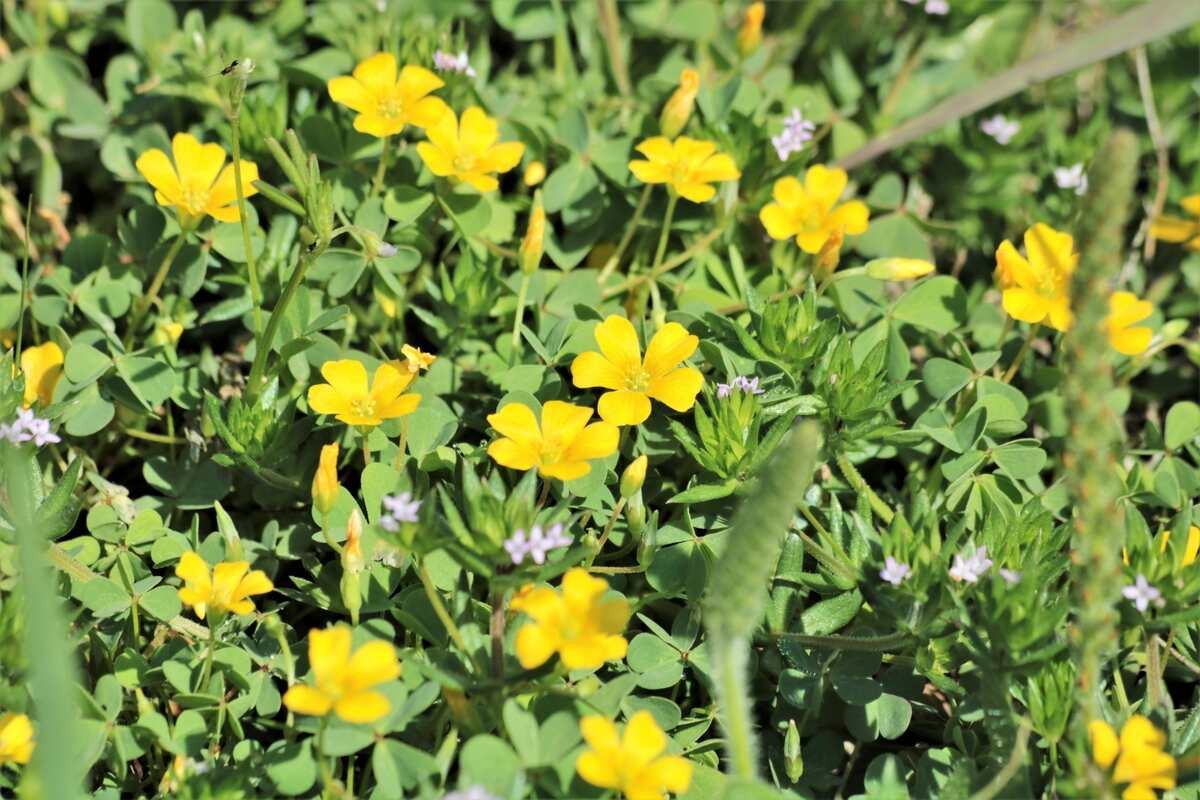
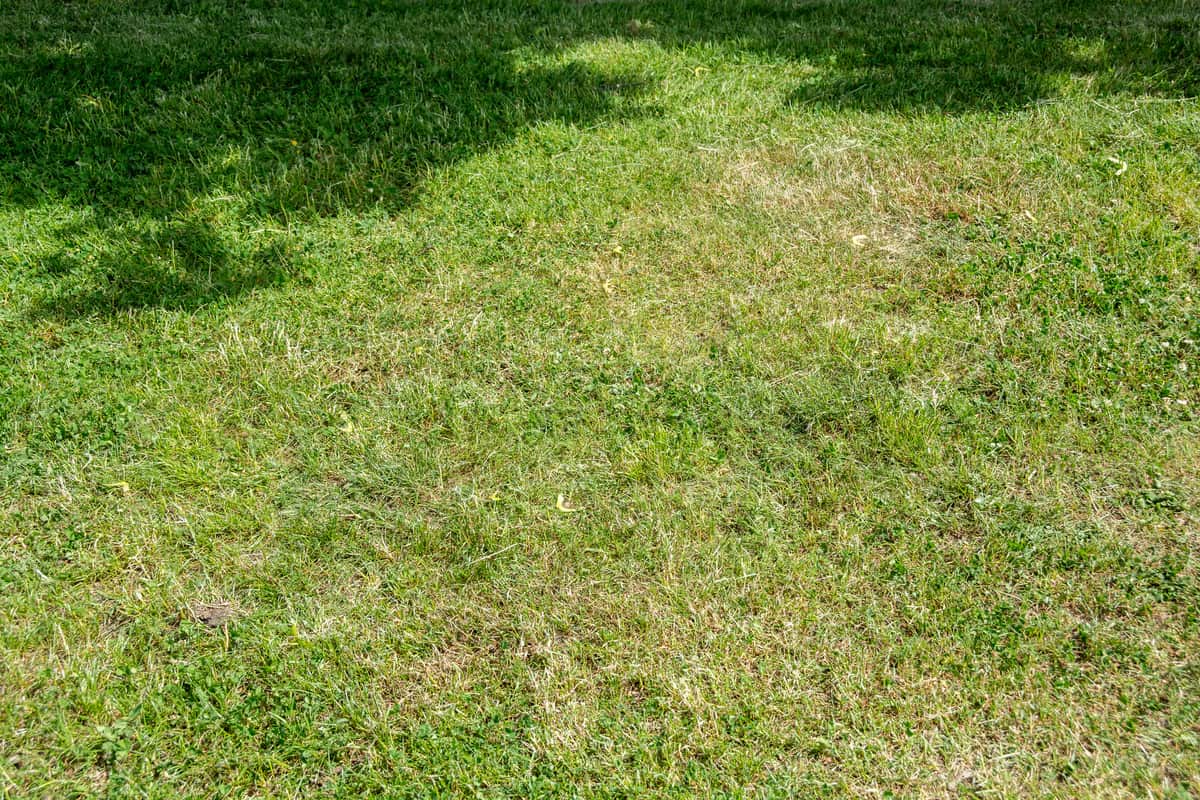
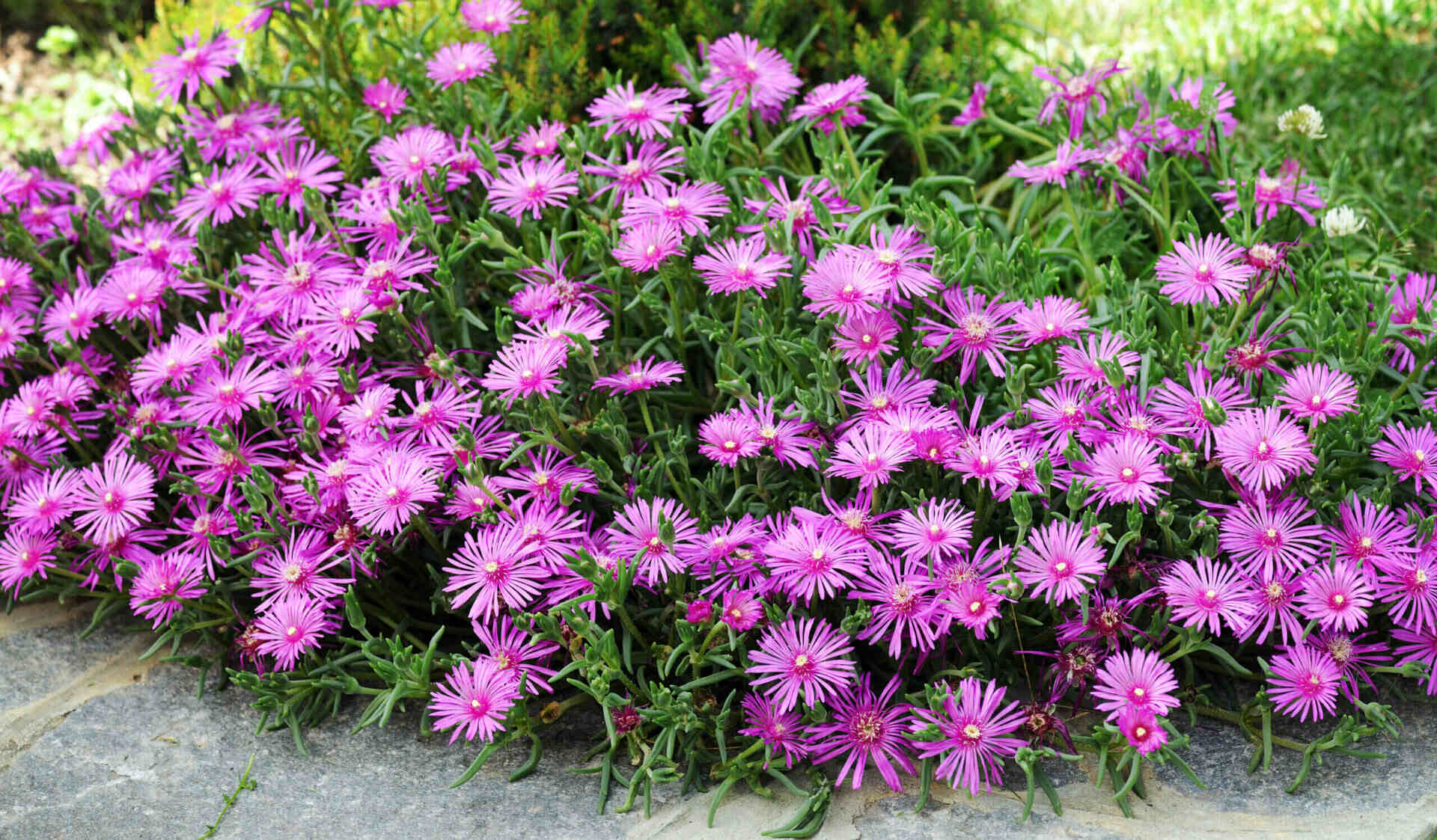
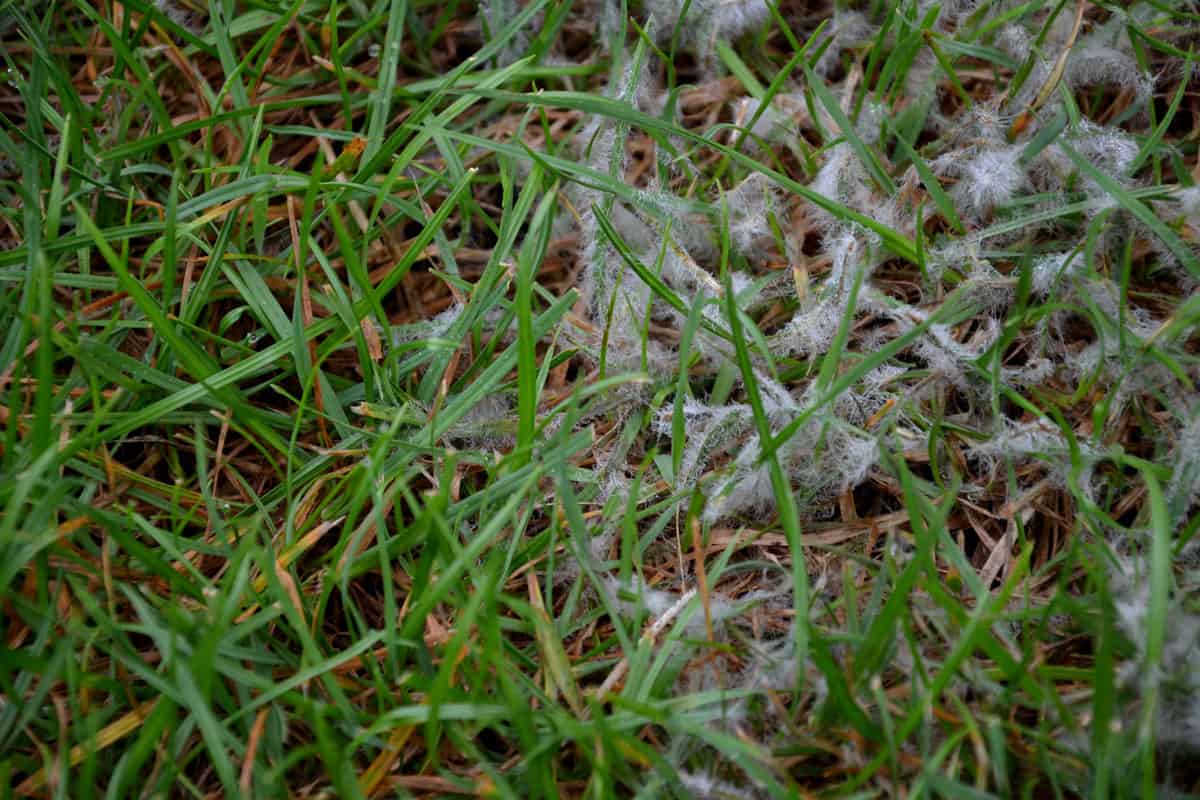
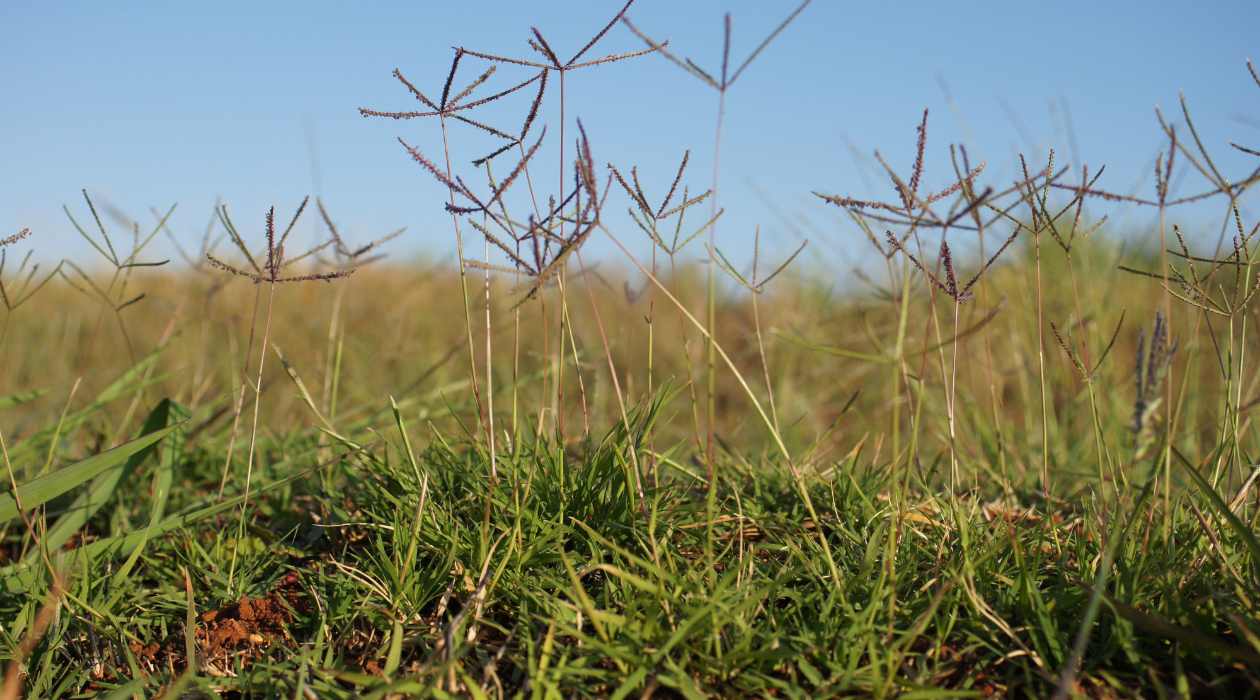
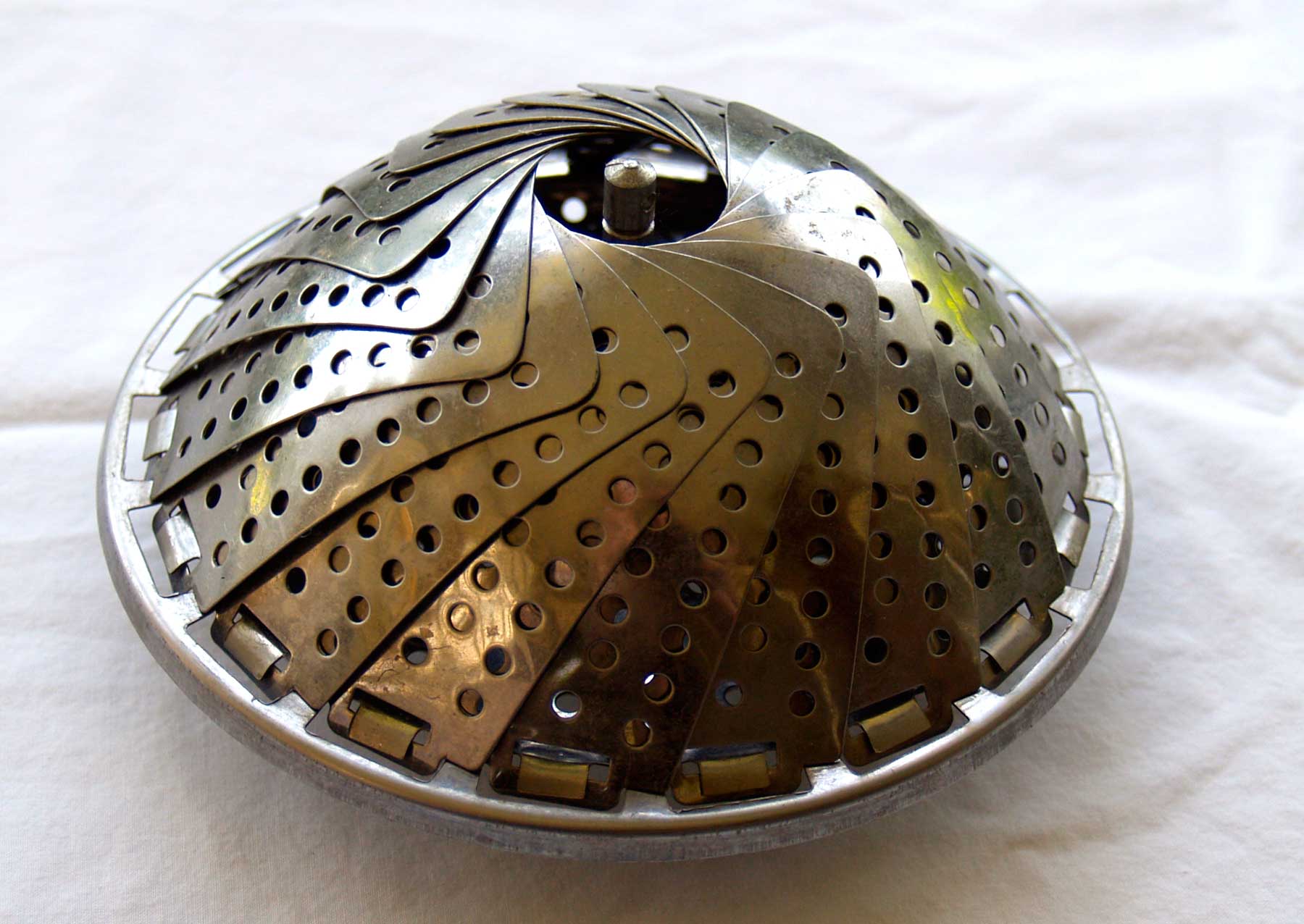
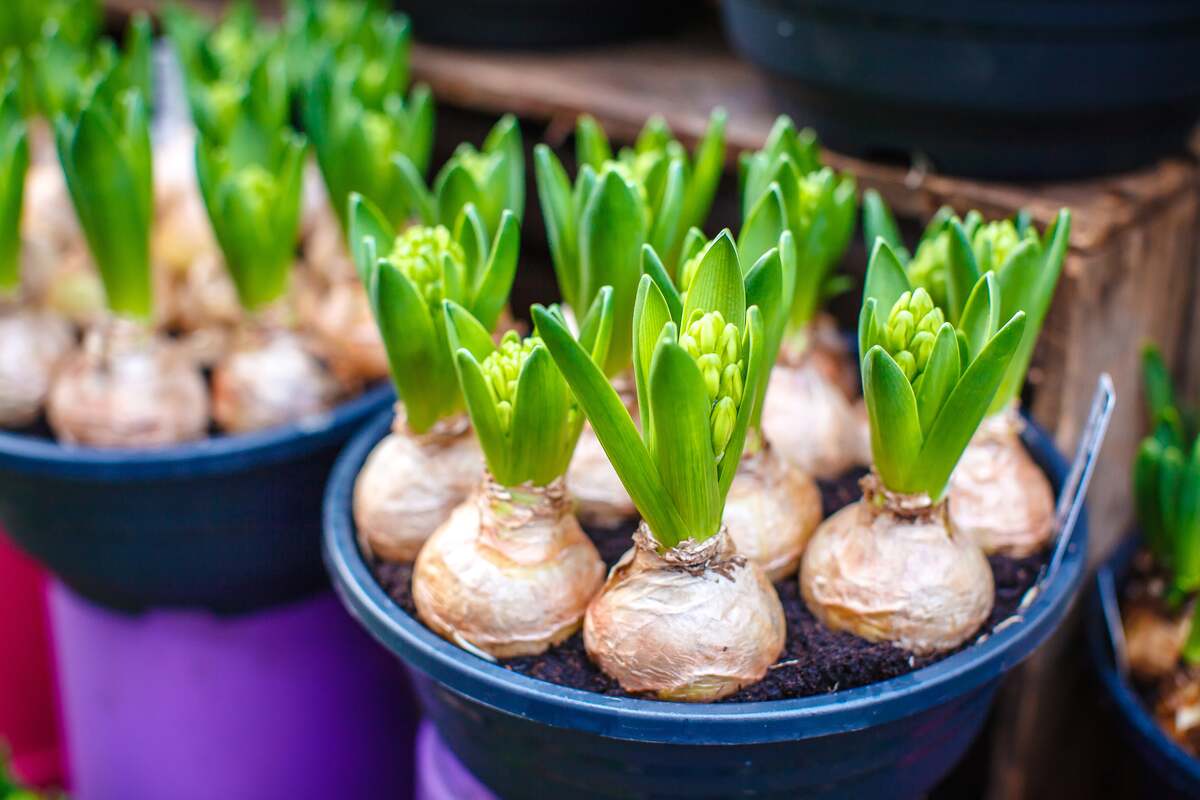
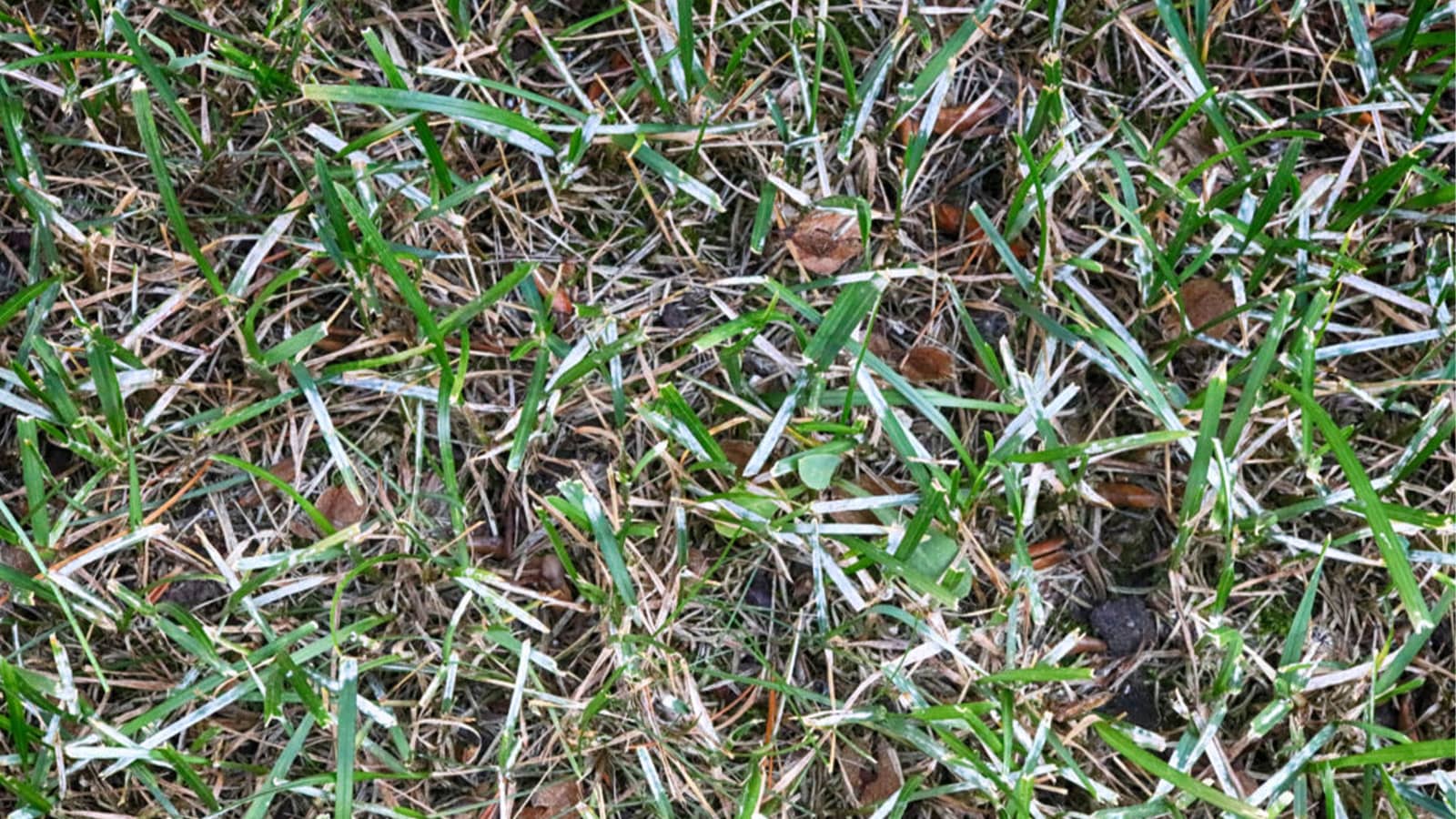

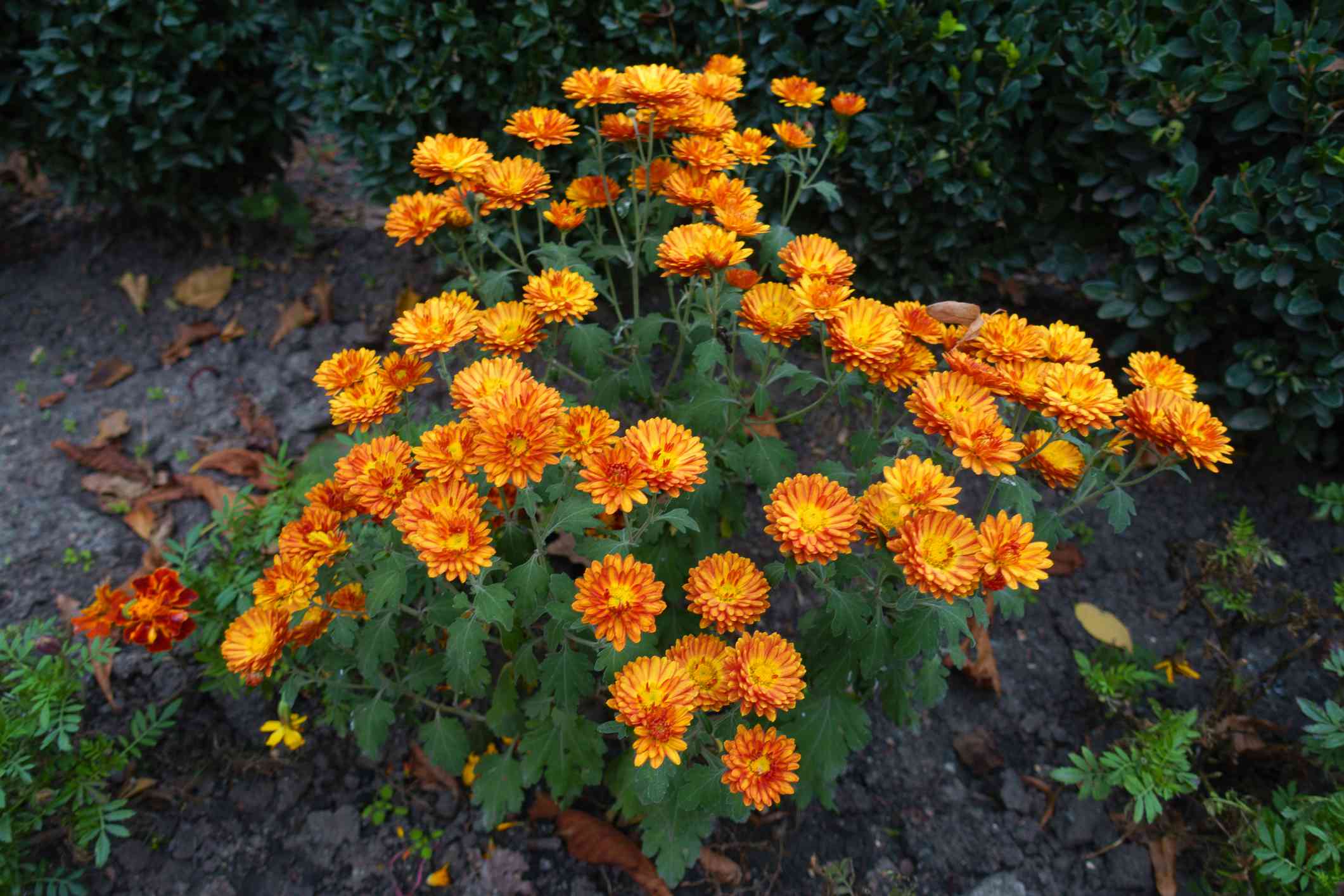
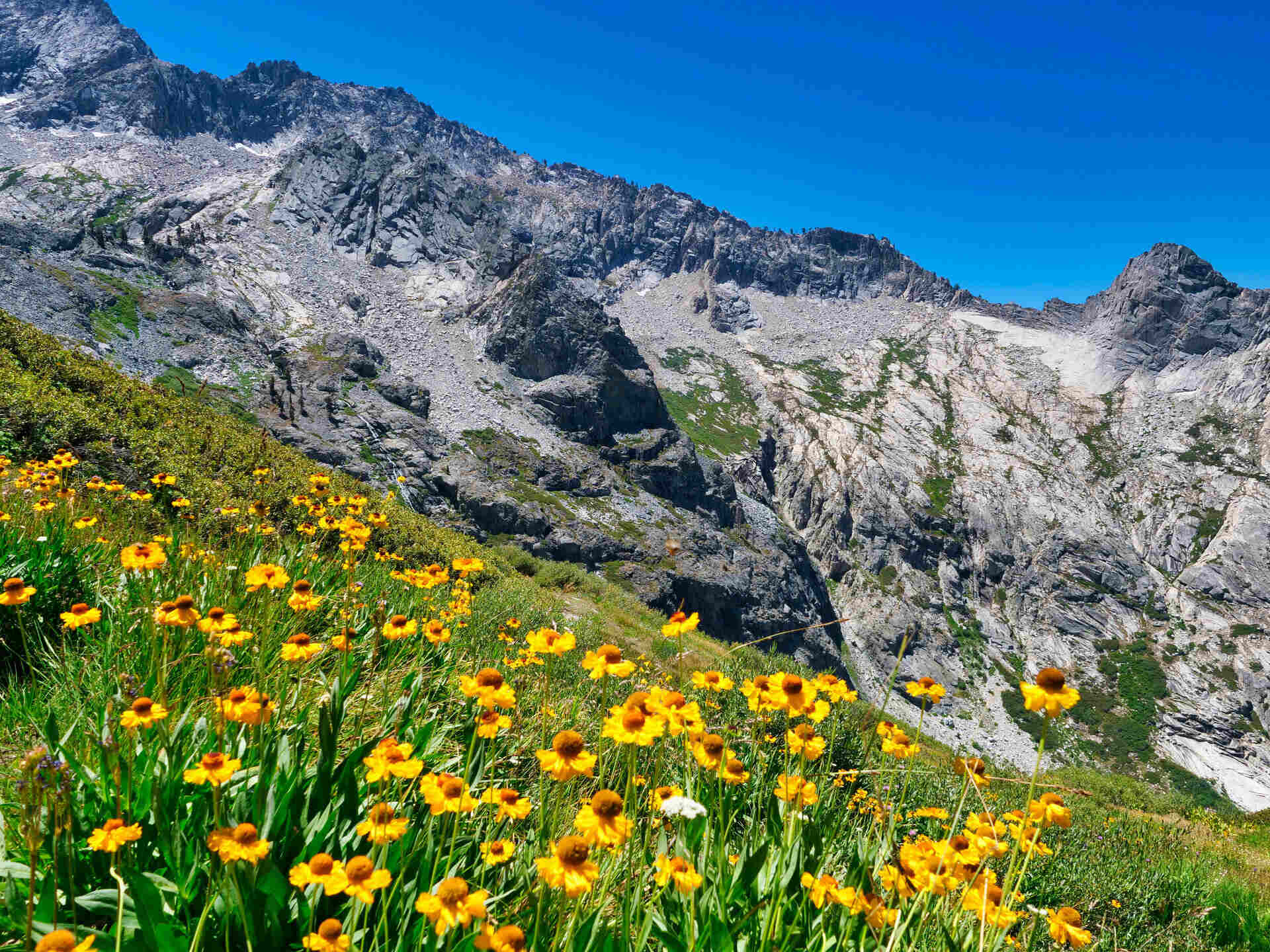
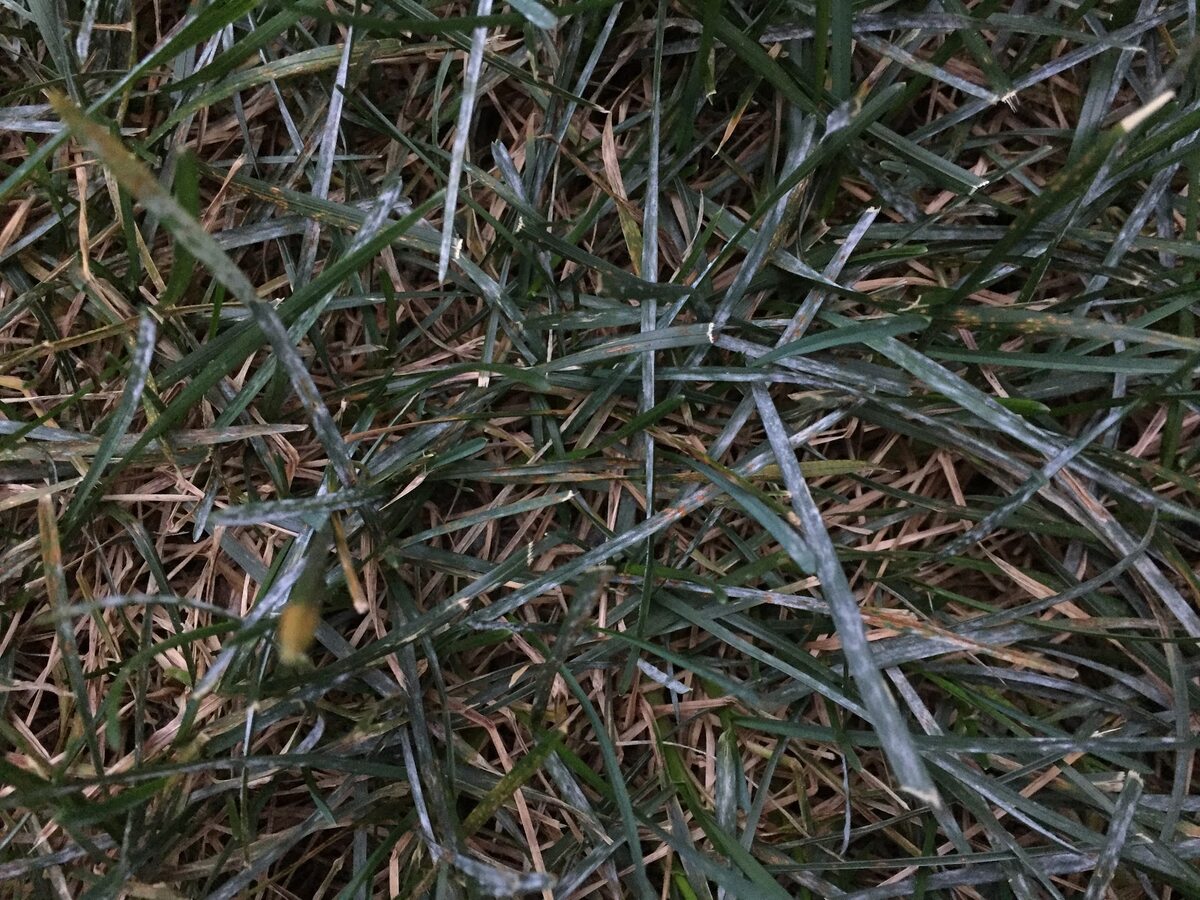

0 thoughts on “What Are The White Flowers In The Grass”